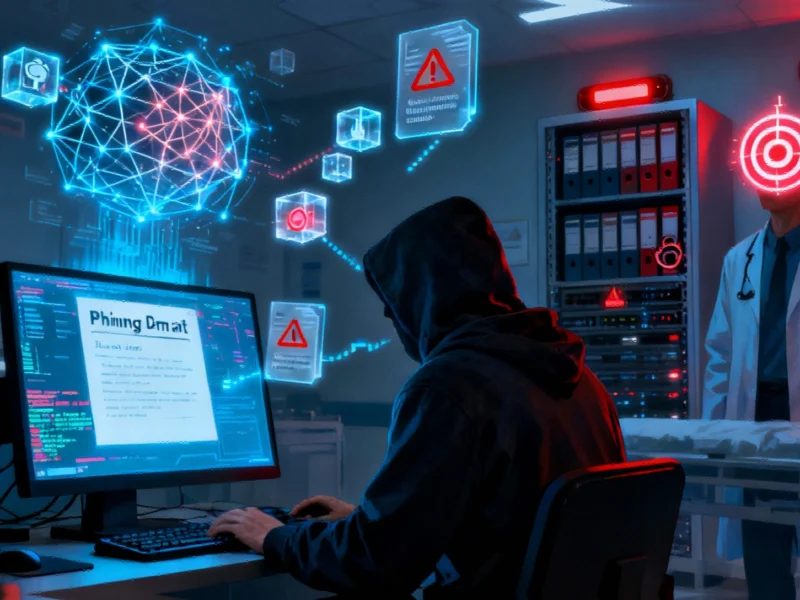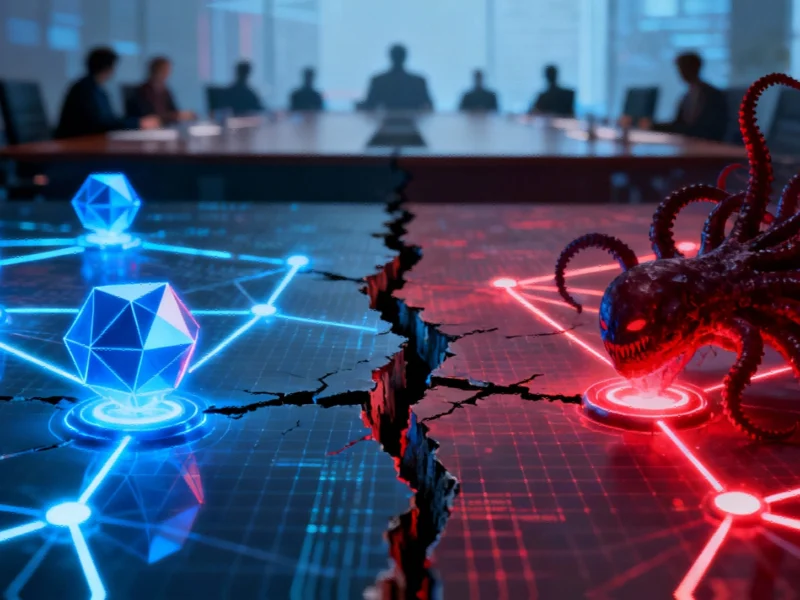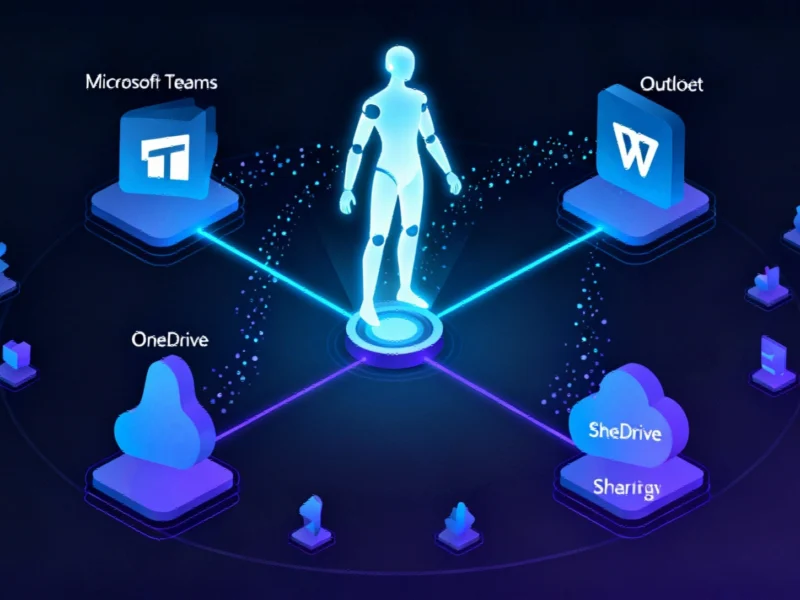AI Transforms Cyberattack Landscape
Cybercriminals are increasingly integrating artificial intelligence into their attack strategies, using the technology to craft convincing phishing emails and develop adaptive malware, according to reports from Microsoft’s security research teams. The sixth annual Digital Defense Report indicates this technological escalation is creating new challenges for organizations worldwide.
Credential Theft Dominates Attack Patterns
Sources indicate that over 80% of investigated attacks focus on data acquisition, with login credential theft representing the primary entry method. Analysts suggest hackers prefer stealing authentication keys rather than confronting expensive security systems directly. The report states that human factors remain the weakest cybersecurity link, enabling attackers to bypass sophisticated defenses through stolen credentials.
Critical Infrastructure Faces Heightened Risks
Recent trends show attackers increasingly targeting healthcare systems and government infrastructure, particularly organizations relying on outdated hardware or limited security budgets. According to the analysis, hospitals hit by ransomware face impossible choices between paying ransoms or risking operational delays that could impact patient safety. Similar targeting patterns have emerged across other essential services, including recent incidents affecting enterprise software systems and industrial networks.
Multi-Factor Authentication Provides Critical Defense
Microsoft’s research identifies multi-factor authentication as effectively preventing 99% of identity-based attacks. Even when security hackers successfully obtain credentials, authentication requirements prevent unauthorized access. The report emphasizes that authentication apps render stolen login data useless without secondary verification, providing crucial protection against info-stealing malware.
Nation-State Actors Expand Cyber Operations
Sophisticated state-sponsored groups are launching increasingly complex campaigns for intelligence gathering, disruption, and financial gain. According to reports, Chinese actors have targeted major telecommunications providers, while Iranian groups focus on Western maritime commerce. Russian hacker groups have expanded operations against organizations supporting Ukraine, often targeting smaller businesses with limited security resources. North Korean operators continue seeking funding through corporate infiltration and ransomware deployment.
AI Arms Race Intensifies
Both attackers and defenders are leveraging AI capabilities, creating a technological arms race in cybersecurity. Sources indicate hackers use AI to generate multilingual phishing content at scale and develop mutating malware that evades detection. Meanwhile, security teams employ similar technology for threat identification and training, as seen in emerging applications across sectors including the financial technology industry and travel technology platforms.
Global Response and Deterrence Strategies
Microsoft calls for enhanced intelligence sharing and security governance across government and private sectors. The 2025 report suggests removing financial incentives for ransomware through improved deterrence measures. Analysts propose that public attribution of nation-state attacks combined with sanctions could establish real-world consequences, similar to accountability measures emerging in other digital sectors like global HR platforms and venture capital investments.
Societal Challenge Requires Collective Action
The rapidly evolving threat landscape represents a broader societal challenge, according to the report. Microsoft emphasizes that economic, governmental, and social systems face grave dangers without coordinated defense efforts. As AI continues transforming both attack and defense capabilities, organizations must prioritize security fundamentals while adapting to new technological realities.
This article aggregates information from publicly available sources. All trademarks and copyrights belong to their respective owners.



